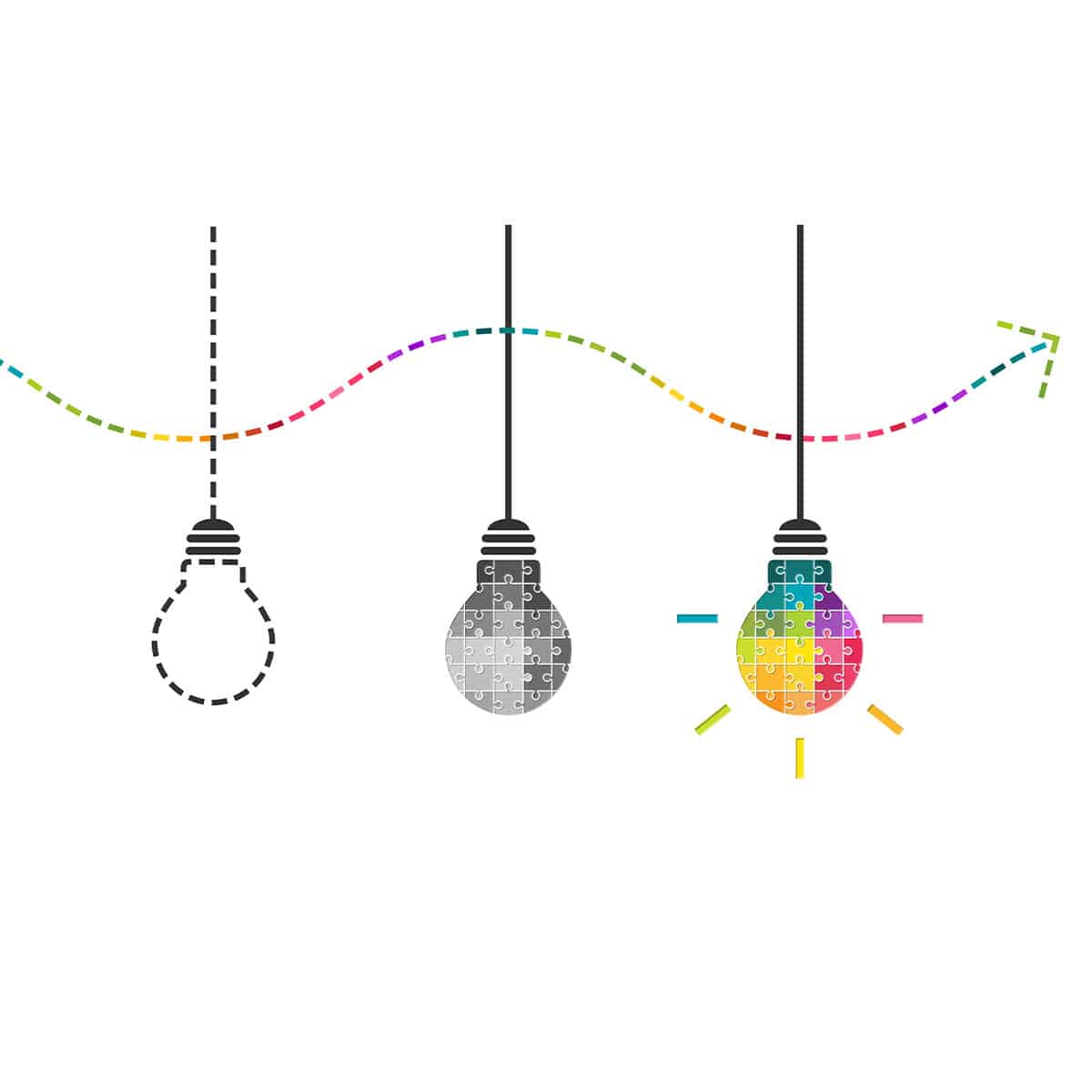Design thinking is a formidable process of finding solution to problems and considers what the customer unmet needs are. Then emerges a process for improvement and innovation that incorporates concept development, applied creativity, prototyping, and experimentation. When design thinking approaches are applied to business, the success rate for innovation improves significantly. It can transform the way organizations develop products, services, processes, and strategy. This approach synergizes what is desirable from a human point of view with what is technologically feasible and economically viable. It also allows people who aren’t trained as designers to use creative tools which address a vast range of challenges.
Design Thinking happens step by step through a design thinking process. To be considered successful, innovations have to solve the three key dimensions of Desirability, Feasibility, and Viability.
Desirability:
Is this product or service addressing a real customer need? It requires formulating a strategic vision, to mapping user behaviors, their needs and their environment, to developing and selecting meaningful proposals for products and services.
Feasibility:
Can we develop a solution that is technically feasible and better than competitors? How will our product or service be better than already existing ones? How will we navigate the disruptive forces of the day, including technology and globalism?
Viability:
Is there a viable business model around this product or service? How will we grow and improve in response to rapid change? How can we effectively support individuals while simultaneously changing big systems?
DELFT APPROACH:
The ‘Delft Design Approach’ is an organized approach which helps designers to tackle complex design challenges and problems. It starts from devising a strategic vision, to plotting user behaviors, their needs and their environment, developing and selecting meaningful plans for products and services.
The fundamentals of Delft approach require understanding of
- Studying users in their own environment
- Translate the user insights into a design challenge that will spark creativity
- Creating a meaningful design to meet your challenge
- Designing and structuring with the support of design thinking, a model and several methods
- Evaluating and presenting your design.
BAUHAUS APPROACH:
Bauhaus approach was found almost a century ago by Walter Gropius and it states that design is ubiquitous and found everywhere. It believes that there is harmony and unity in every form and function. When adopting this method, it is relevant to contemporary life and have implications for progressive future.
The other advocacies of the Bauhaus are:
- The elimination of creative hierarchies
- A focus on collective benefits and widespread access
- Art used as a means to problem solving
- Good designs should produce no waste
Widespread adoption of this philosophy inclusive tenets can point us towards a future that is connected and kind, one which is creativity is propelled by empathy and intuition for the betterment and benefit of society.
DESIGN THINKING TODAY
Design thinking is improving and changing everyday. It’s moving from a promising practice to an established one, and with that comes interest, curiosity and analysis. People are debating its definition, pedigree, and value. Design thinking keeps people at the center of every process. A human centric approach and staying focused on the people you’re designing for by listen to them directly and keeping their needs in mind will help you arrive at optimal solutions.
Design thinking has the ability to transform lives and organizations, and can also fall short when approached superficially, without a solid foundation of study. Design thinking takes practice, as a community of designers, entrepreneurs, engineers, teachers, researchers followed the journey to mastery, and developed maps that can guide others.
A designer should think wild and out of the box, taking time to tinker and test, and being willing to fail early and frequently. The designer’s mindset embraces should empathy, optimism, iteration, creativity, and ambiguity. Design thinking keeps people at the center of every process, prioritizing their needs and requirements and help them find viable solutions.
Anyone can approach the world like a designer, but to unlock greater potential and to learn how to work as a dynamic problem solver, creative confidence is key. Creative confidence is the idea that everyone is creative, and that creativity is a way of understanding the world.

